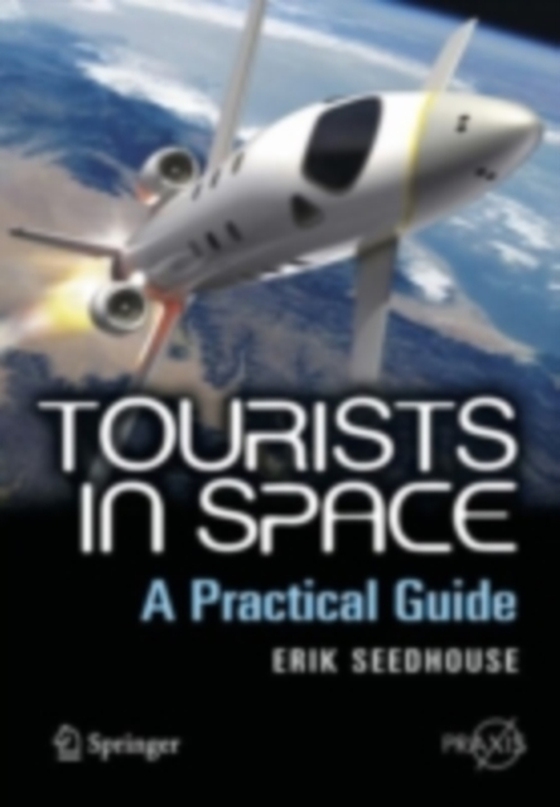
Tourists in Space e-bog
230,54 DKK
(inkl. moms 288,18 DKK)
Recent surveys have provided new and updated information into public insights of the nascent space tourism industry. Erik Seedhouse uniquely explores in detail the cutting-edge technologies, spacecraft capabilities, launch vehicles and the training that will define this commercial enterprise and also provides a manual for future suborbital and orbital private space explorers. This overview of t...
E-bog
230,54 DKK
Forlag
Praxis
Udgivet
16 april 2008
Genrer
Medicine: general issues
Sprog
English
Format
pdf
Beskyttelse
LCP
ISBN
9780387746449
Recent surveys have provided new and updated information into public insights of the nascent space tourism industry. Erik Seedhouse uniquely explores in detail the cutting-edge technologies, spacecraft capabilities, launch vehicles and the training that will define this commercial enterprise and also provides a manual for future suborbital and orbital private space explorers. This overview of the space tourism market is based upon choices the spaceflight participant must make, such as choice of agency, mode and spaceport. A detailed explanation is given of the medical requirements for spaceflight participants, with special reference to potential waiver criteria. Over half of the book is a comprehensive astronaut training/instructional manual that addresses each of the 15 subjects required for suborbital and orbital flight. Following an Introduction examining the commercial potential for space tourism, Section 1 covers Suborbital Flight. Chapter 1 opens with a description and analysis of the significance of SpaceShipOne. Chapter 2 gives the Suborbital frontrunner profiles, mission architectures and technical aspects from launch to landing while the following chapter details the training and medical requirements for space tourists. Section 2 covers the same aspects for Orbital Flight, including a civilian astronaut training manual, enabling technologies, capabilities and personnel. A description is given of the anticipated on-orbit phases that will introduce the potential spaceflight participant or reader to the capsule, rendezvous, medical support, mission events and de-orbit phase. Section 3 gives a detailed assessment of the future of space tourism based on current technologies, commercial applications, military use and Lunar and Mars missions. Countries without space programs are also included. Erik Seedhouse provides a much needed, well-rounded understanding of what promises to be the most dynamic, multi-faceted and exciting industry in the world. He shows how seemingly innocuous players are disproving long held beliefs about what can be achieved in space despite the inherent complexities, and why this industry may soon define the new norm in space travel.
 Dansk
Dansk

